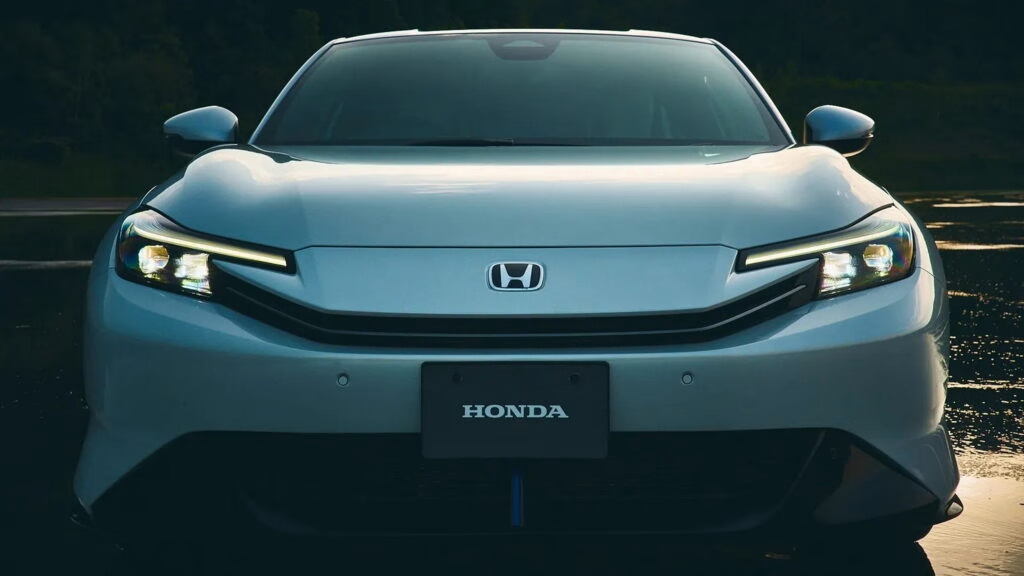Is the 2026 Honda Prelude Really Worth Its Hefty Price Tag in Japan?
Honda fans have been buzzing about the return of the Prelude, but the latest leaks out of Japan have sparked a new debate: is this sleek hybrid coupe actually worth the premium price? Let’s dig into what’s fueling the sticker shock, how it stacks up against rivals, and whether this new Prelude is more than just a nostalgic nameplate.
Why Is the New Prelude So Expensive Compared to Other Hondas?
If you’ve been following Honda’s lineup, you know the brand has always balanced performance and affordability. That’s why the rumored price for the new Prelude—¥6,179,800 (about $41,000)—has raised some eyebrows. For context, that’s more than the Civic Type R, which is Honda’s current performance halo in Japan, and even pricier than the U.S.-built Accord e:HEV sedan.
So, what’s behind the jump? The Prelude isn’t just a re-skinned Civic. It’s positioned as a more premium, performance-oriented coupe, sharing the Civic’s basic platform but adding a heap of upgrades. Think wider tracks, Brembo brakes, a dual-axis front suspension (borrowed from the Type R), and a new twist on Honda’s e:HEV hybrid system. The result? A coupe that aims to blend sporty driving with modern efficiency, wrapped in a package that’s more exclusive—at least for now.
How Does the Prelude Stack Up Against Other Japanese Sports Cars?
Here’s where things get even more interesting. The Prelude’s rumored price actually tops that of some serious competitors. The Nissan Fairlady Z, with its twin-turbo V6, starts at ¥5,497,800 ($36,500). The Toyota GR Supra, built alongside the BMW Z4 in Austria, kicks off at ¥4,995,000 ($33,200). Both are rear-wheel-drive, pure sports cars with strong enthusiast followings.
So why would Honda price a front-wheel-drive hybrid coupe above these icons? Part of it comes down to positioning. Honda seems to be betting on the Prelude’s blend of tech, comfort, and exclusivity to lure buyers who want something different from the usual turbocharged suspects. But it’s a gamble—especially when you consider that the first production run is capped at just 2,000 units. If those sell out fast, Honda’s strategy will look genius. If not, well, it could be a tough lesson in reading the market.
What Features and Tech Set the Prelude Apart?
Honda isn’t skimping on equipment. Even the base Prelude is expected to come loaded with black 19-inch alloys, adaptive dampers, the S+ shift system, metal paddle shifters, and a big 10.25-inch digital cluster paired with a 9-inch Google-powered infotainment display. You’ll also find ambient lighting, dual-zone climate control, and heated seats trimmed in a mix of leather and suede.
One quirky detail: the driver and passenger seats are designed differently, prioritizing support for the driver and comfort for the passenger. It’s a small touch, but it shows Honda’s attention to detail in making the Prelude feel special.
Buyers can pick from a handful of colors, with premium paint options like Moonlit Pearl costing an extra ¥85,000 ($565). And for those who want to go all-in, the Limited Edition with a black roof and dealer-installed extras will set you back ¥6,540,000 ($43,400).
Will the Prelude Cost as Much in the United States?
That’s the million-dollar question. Japanese pricing doesn’t always translate directly to the U.S. market. For example, the Japan-built Civic Type R is about $12,700 more expensive in the U.S. than in its home country, while the U.S.-built Accord is actually cheaper for Americans than for Japanese buyers. The Civic hybrid, soon to be produced in Indiana, currently carries a $3,000 markup in the States.
If Honda sticks close to the Japanese pricing model, expect the Prelude to start north of $40,000 in the U.S.—at least $10,000 more than a Civic hybrid. But final pricing will hinge on where the car is built and how Honda wants to position it against rivals like the Toyota GR86, Subaru BRZ, and even the Mustang EcoBoost.
What’s the Real Value Proposition for Buyers?
Let’s be honest: the new Prelude isn’t about raw horsepower or lap times. It’s about offering something unique—a sporty, tech-laden hybrid coupe that stands out in a sea of crossovers and EVs. For buyers who want a blend of nostalgia, daily usability, and a dash of exclusivity, the Prelude could hit the sweet spot.
But it’s not without risk. Honda is asking buyers to pay a premium for a badge that, while beloved, hasn’t been seen in showrooms for over two decades. The market for sporty hybrids is still unproven, and with competitors offering more power or rear-wheel-drive thrills for less money, the Prelude’s success will depend on how well it delivers on its promise of a new kind of driving fun.
The big takeaway? The 2026 Honda Prelude isn’t about perfection—it’s about smarter adjustments. Start with one change this week, and you’ll likely spot the difference by month’s end. Whether that’s rethinking what you want in a coupe or just keeping an eye on how Honda’s bold bet plays out, the Prelude’s return is a reminder that sometimes, the best moves are the ones that shake up the status quo.

